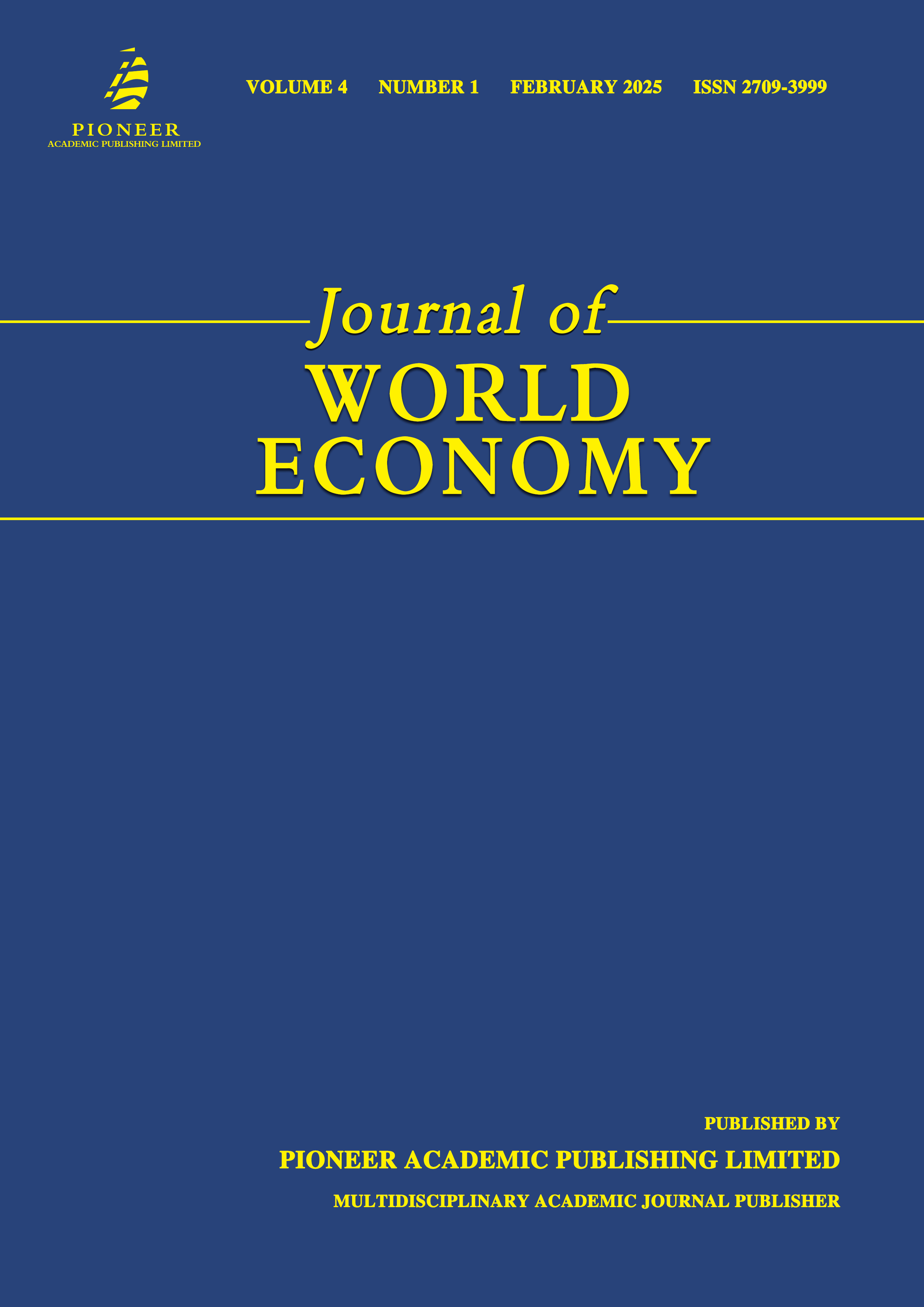How Banks Leverage Digital Transformation to Mitigate Deposit Outflows Driven by P2P Lending Platforms
Keywords:
P2P lending, digital transformation, robo-advisory services, open bankingAbstract
The rapid expansion of Peer-to-Peer (P2P) lending platforms has significantly disrupted the traditional banking sector, leading to substantial deposit outflows as investors seek higher returns and borrowers pursue more accessible credit options. This shift poses liquidity and profitability challenges for U.S. banks, compelling them to adopt digital transformation strategies to retain deposits and sustain their competitive advantage. This paper explores how banks leverage digital innovations such as artificial intelligence (AI)-driven financial management tools, real-time payment systems, and enhanced customer personalization to improve user engagement. Additionally, it examines the introduction of high-yield savings products, robo-advisory services, and tokenized deposits as alternative investment options to counteract the appeal of P2P lending. The study also highlights strategic partnerships between banks and fintech firms, including embedded banking solutions, Lending-as-a-Service (LaaS), and open banking frameworks, which enable banks to remain integral players in the evolving financial ecosystem. Furthermore, the role of big data analytics and AI-powered predictive models in customer retention is analyzed, demonstrating how data-driven insights help banks preemptively address deposit migration risks. Through a comprehensive assessment of these digital transformation strategies, this paper provides insights into the future of banking in an increasingly decentralized financial environment and offers recommendations for sustaining deposit growth amid the rise of alternative lending solutions.


